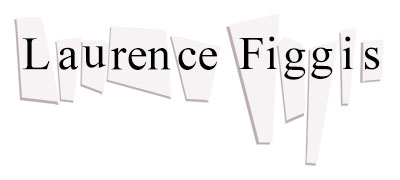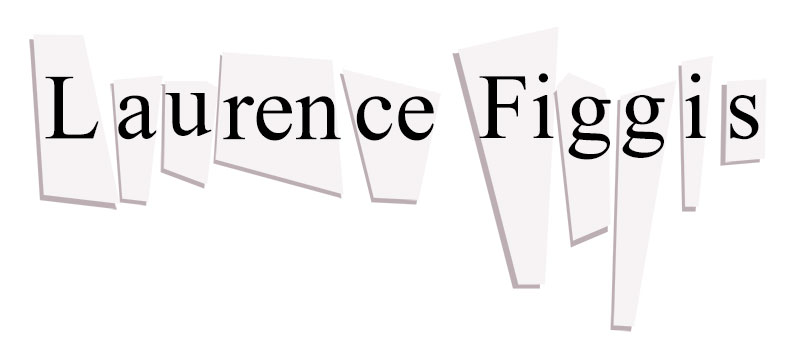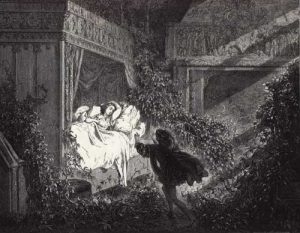Jul 08
2016Where Dalí Meets Disney
In 1945, after a chance encounter with Disney at a cocktail party in Hollywood, Salvador Dalí was invited to collaborate on a short animated film entitled Destino. The project was eventually terminated in its preparatory phase, but a whole array of conceptual paintings (executed by Dalí himself) remained in the Disney archive, and, in 2003, the Walt Disney Company hired a team of French animators to complete the film based on the surviving sketches. This was the version that toured in a number of highly publicised exhibitions, including the retrospective ‘Dalí and Film’ staged at the Tate in 2007, among other international venues. Read more →


